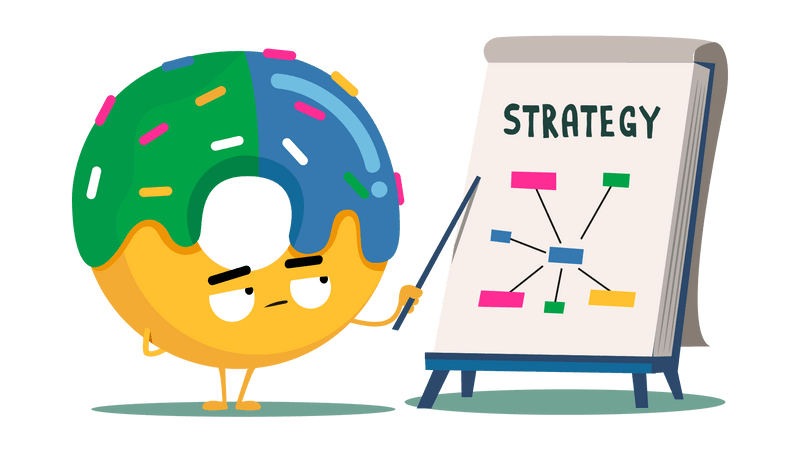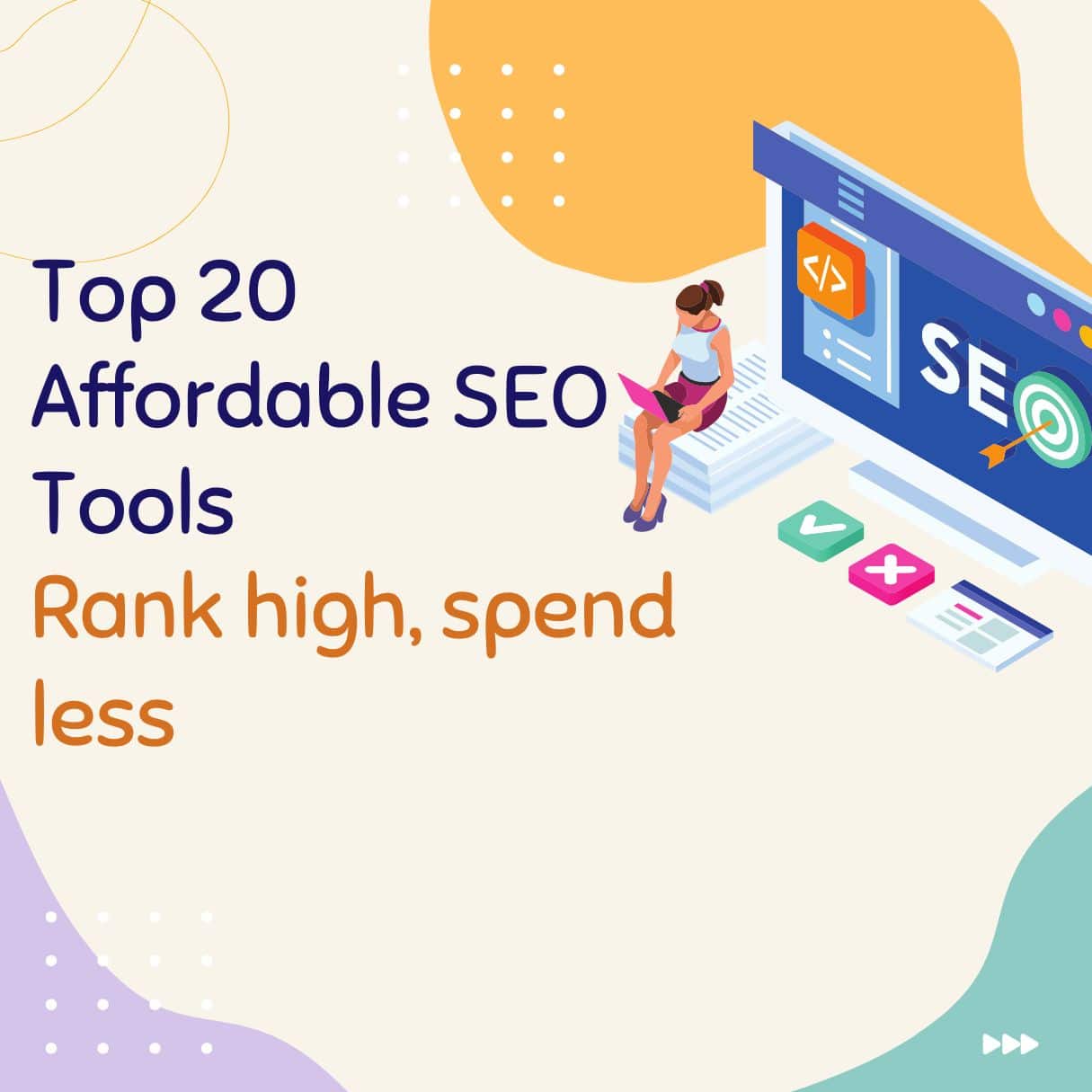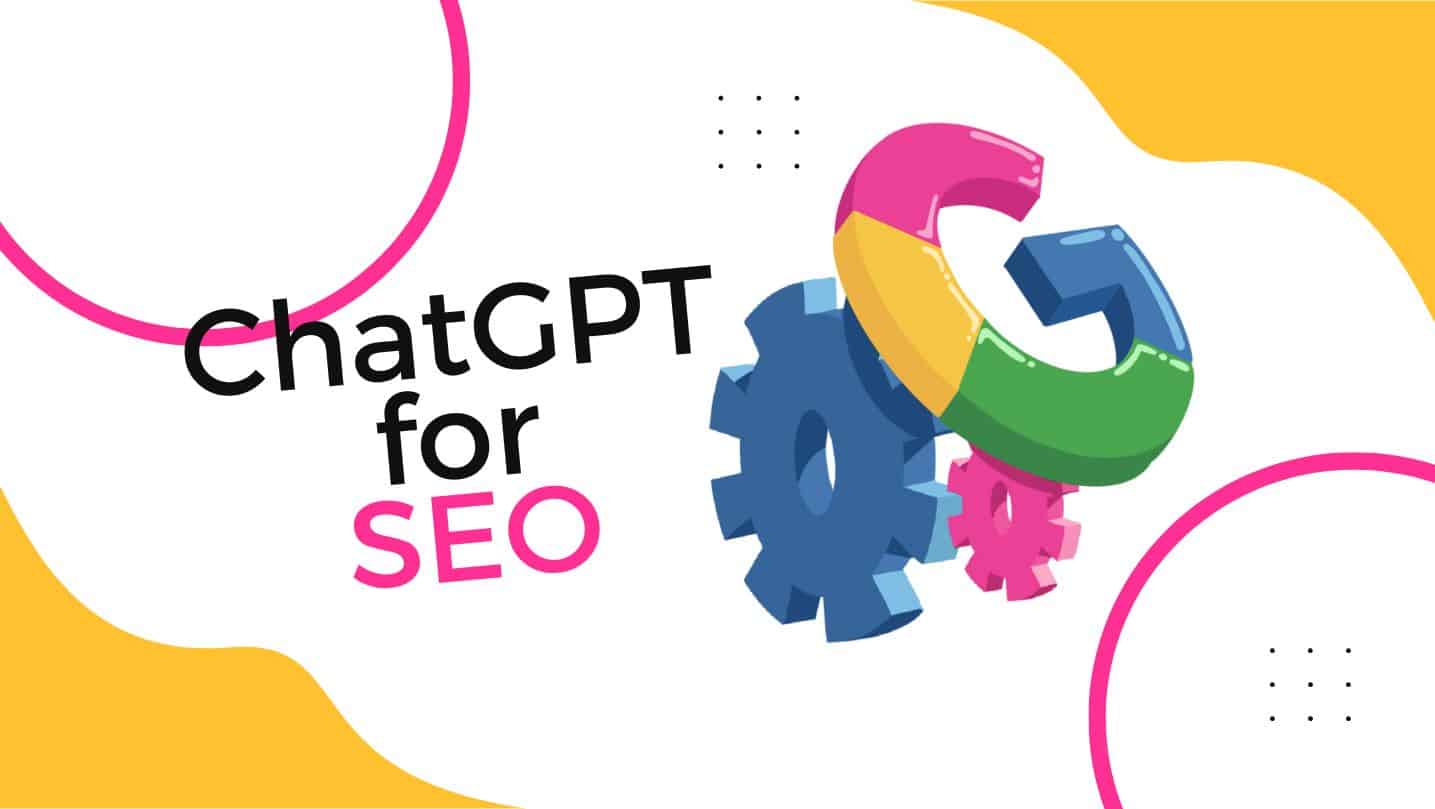Are you already investing in SEA, but your Google Ads reports leave you wanting more? Don’t worry, you’re not alone. With rising CPC and fierce competition, every click counts. The good news? There’s a powerful lever to target (very) precisely: similar audiences.
Yes, we’re talking about those prospect segments that resemble, trait for trait, your best customers. In other words, the Holy Grail for e-commerce businesses, small business owners, CMOs, and marketers hungry for ROI. In the following lines, we’ll break down the concept, optimize it with SEO, and sprinkle in concrete examples.
What are Similar Audiences?
Imagine your top customer: the one who buys, recommends your brand, and returns regularly. Now, ask Google (or Meta, or LinkedIn): “bring me their marketing cousins”. That’s your similar audience: a group of internet users sharing almost identical behavioral, demographic, or interest signals. The result: your ads appear in front of people who are statistically very likely to love your offer.
How Does it Work under the Hood?
- Source Audience – A qualified list: customers, newsletter subscribers, visitors to a key page…
- Machine Learning – The algorithm analyzes hundreds of data points (cookies, search history, purchase intent).
- Controlled Expansion – It creates a new, broader, but still relevant “lookalike” segment.
- Distribution & Optimization – Your ads run, metrics flow in, you adjust.
Spoiler: the cleaner your source, the finer the similarity. Hence the adage we like: “garbage in, garbage out”.
Why are these Similar Audiences Breathing New Life into your SEA?
1. Prospect without Throwing Money out the Window
Instead of targeting the entire internet, you focus your budget on profiles that already have the potential to like (and buy) your products. Result: fewer wasted impressions, more qualified clicks.
2. Reduce Costs, Increase Conversions (the Winning Combo)
According to Google, accounts leveraging similar audiences can generate up to 70% more conversions while reducing CPC by 30 to 50%. You read that right: same budget, more sales.
3. Offer (almost) Irresistible Ads
When targeting is precise, the message resonates. Your click-through rate (CTR) climbs, your quality score improves, and your cost per acquisition melts away. The consumer feels understood.
Where to Deploy your Similar Audiences?
| Platform | Feature Name | Key Use Case | Specificity |
|---|---|---|---|
| Google Ads | Similar Audience (Customer Match or site tag) | Search Network, Display, YouTube | Auto-segmentation by intent |
| Meta Ads | Lookalike Audience | Facebook & Instagram | 1% to 10% slider to adjust proximity |
| LinkedIn Ads | Similar Audience | B2B Lead Generation | Targeting by job title & industry |
Three-step Recipe for Creating a Similar Audience
Step 1: Refine your Source Audience
- Import your VIP customers (high LTV).
- Upload your active newsletter subscribers.
- Tag your hot product page visitors.
The fresher and more segmented the data, the better your future audience will perform.
Step 2: Set up on the Chosen Platform
- Google Ads: Audience Manager → “Similar lists”.
- Facebook Ads: Audiences → Create → “Lookalike”.
- LinkedIn Ads: Matched Audiences → “Similar Audience”.
Tip: Start with a small size (1% on Meta, default list on Google) for the closest proximity, then gradually expand.
Step 3: Test, Test, Test!
- Duplicate your current SEA campaigns with the new audience.
- Vary your ads, visuals, and CTAs.
- Measure CPC, CPA, ROAS.
- Cut what underperforms, scale what shines.
Seven Pro Tips to Go Further
- Segment by value: create a “high-value” similar audience and a “low-value” one.
- Mix retargeting + lookalike: reach new prospects and re-engage those who are hesitant.
- Overlay demographic filters: age, location, device.
- Exclude recent buyers to avoid paying twice.
- Adjust bids by device: mobile first? Bid higher.
- Use Google’s RLSA (Remarketing Lists for Search Ads) to boost your keywords.
- Audit exposure frequency: beyond 3-4 impressions/day, fatigue sets in.
Measure, Analyze, Optimize: the Winning Triptych
| KPI | Why it’s crucial | Benchmarks (indicative) |
|---|---|---|
| CTR | Measures ad relevance | +1.5% in Search; +0.8% in Display |
| CPA | Indicates the real cost of acquisition | Variable; aim for -20% vs. classic campaigns |
| ROAS | Revenue / ad spend ratio | ROI > 4 recommended |
| Conversion rate | Validates traffic quality | +30% vs. broad targeting |
Common Mistakes (and how to Avoid Them)
- Source audience too small: aim for at least 1,000 qualified profiles.
- Non-existent segmentation: the same message for everyone = decreased relevance.
- Vague objectives: define a target CPA before launching.
- Infrequent analysis: check your reports weekly (not once a month).
- Ignoring mobile: >60% of SEA clicks come from smartphones. Adapt your landing pages!
Conclusion: Unleash the Potential of your SEA Campaigns
Similar audiences are not a gimmick. Used methodically, they transform your paid acquisition into a conversion machine. Between surgical targeting, lower CPA, and ROAS boost, it’s clearly worth it. Too time-consuming? At Donutz Digital, we love getting our hands dirty for you. Let’s talk!
Frequently Asked Questions
How Do I Know if My Source Audience is Sufficient?
Look at the minimum size recommended by each platform (often >1,000 profiles). If you’re below that, extend the time window or combine several segments.
Do Similar Audiences Replace Retargeting?
No. They complement it. Think “acquisition” (similar audiences) + “re-engagement” (retargeting) to cover the entire funnel.
Can I Use Multiple Similar Audiences in the Same Campaign?
Yes, but create one ad set per audience to track performance independently. Avoid cannibalization.
What’s the Difference between 1% and 5% Lookalike on Facebook?
1% is closest to your source audience (precision), 5% is broader (volume). Start tight, expand if budget allows.
Should the Source Audience be Excluded from Targeting?
Best practice: yes. You avoid paying to click on someone who is already a customer (or already in your CRM).







